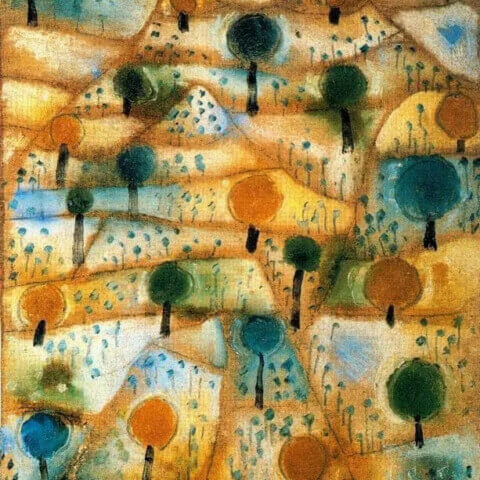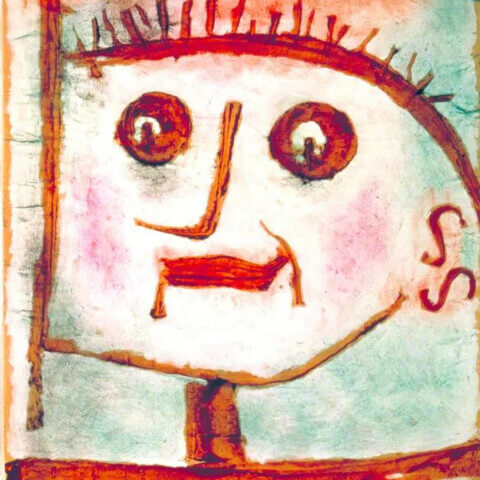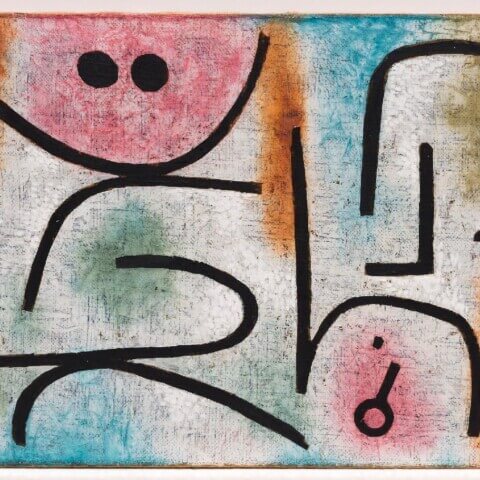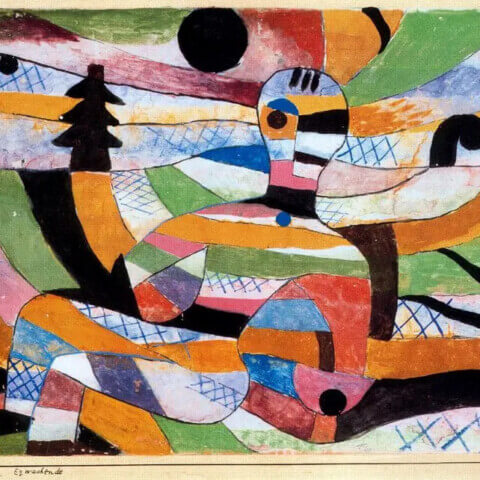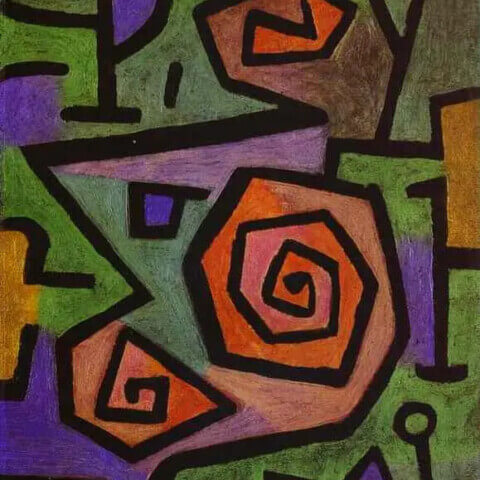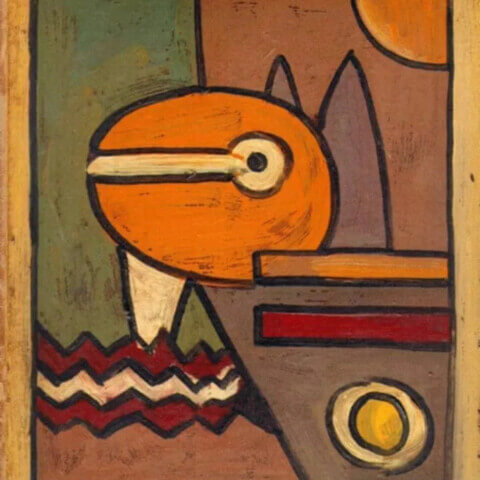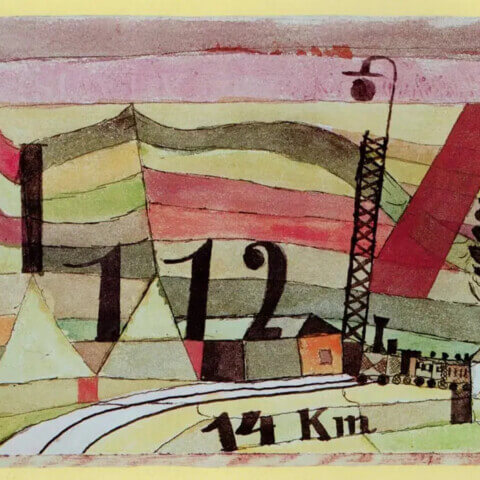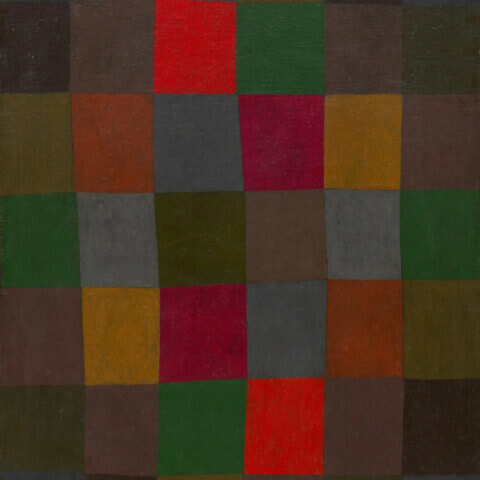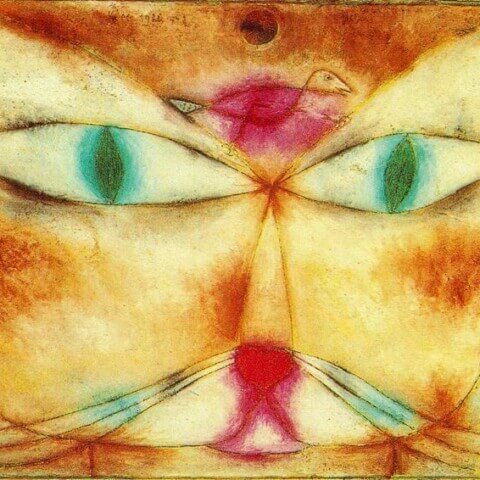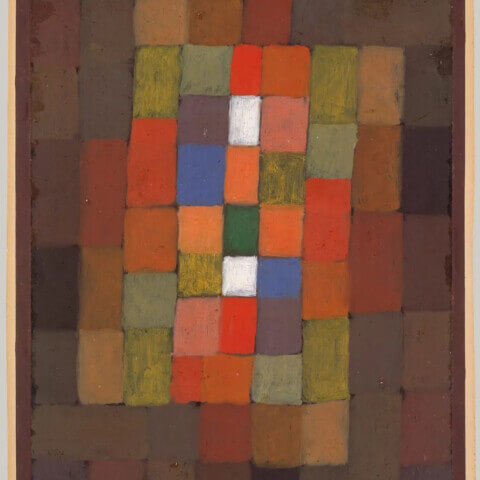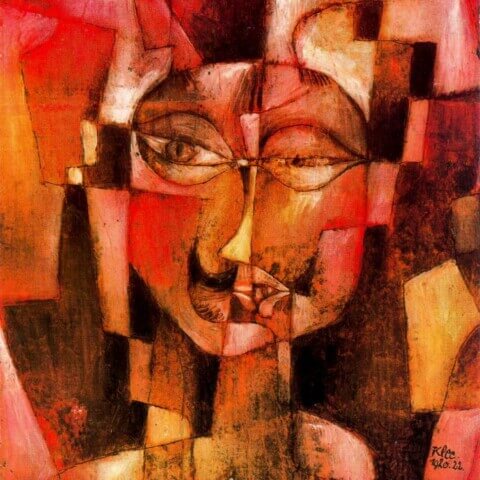Paul Klee
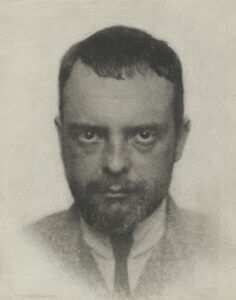
Paul Klee (1879–1940) was an influential Swiss-born German artist known for his unique expressionist style, characterized by his innovative explorations of color and form. Klee’s works blend elements from several different art movements, including Expressionism, Surrealism, and Cubism, making him a pivotal figure in the development of 20th century abstract art.
Klee was born on December 18, 1879, in Münchenbuchsee, Switzerland, into a family of musicians. Despite his initial focus on music, by his teenage years Klee started to express a stronger interest in visual arts. He moved to Munich in 1898 to study at the Academy of Fine Arts and was exposed to various contemporary artistic trends, fueling his interest in non-traditional modes of artistic expression.
In 1911, Klee had his first significant exposure to avant-garde art movements when he attended an exhibition of the Blaue Reiter, an influential group of expressionist artists based in Munich. The group’s ideas about the emotional and spiritual potential of art had a profound influence on Klee’s work.
Klee’s art was deeply influenced by his visit to Tunisia in 1914, where he experienced a transformative moment in his use of color. He said, “Color and I are one. I am a painter.” His Tunisian watercolors marked a turning point in his artistic career, where color became the central component, and form was often suggested rather than explicitly outlined.
During World War I, Klee served in the German army, primarily in a non-combat capacity, which allowed him to continue painting and sketching. After the war, he joined the faculty of the Bauhaus, a groundbreaking school of art, design, and architecture, where he taught alongside luminaries like Wassily Kandinsky and Lyonel Feininger. At the Bauhaus, Klee developed his theories of color and form, which significantly influenced his own work and that of his students.
After the Bauhaus was closed by the Nazi regime in 1933, Klee moved to Switzerland. During this period, his work became darker, reflecting the political and personal turmoil of the times. In 1937, the Nazis declared Klee’s work “degenerate”, and more than 100 of his works were removed from German museums.
Paul Klee died in Muralto, Switzerland, on June 29, 1940. Despite the challenges he faced during his lifetime, Klee left behind a prolific body of work—nearly 10,000 paintings, drawings, and etchings—that continue to intrigue and inspire artists, scholars, and art lovers. His contribution to the field of visual arts makes him one of the most celebrated artists of the 20th century.

